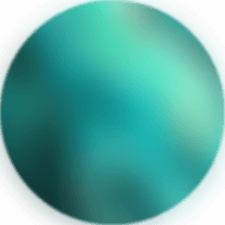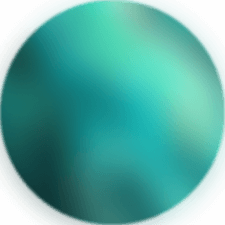Zebra Mussels
Personal memory by Emily
1995-2016 • Parry Sound, Ontario, Canada
To be honest, I’m not sure whether this is a story of disappearance, recovery, both, or neither. Around 1970, my grandfather purchased a small island (about 3 acres, when the water level is low) in the archipelago known as the 30,000 islands on the Georgian Bay. It’s in cottage country, a popular Southern Ontario vacation spot. Despite the popularity of the area, the cottage on this island, which my grandfather restored from near collapse, to this day remains blissfully free of electricity or indoor plumbing. This is true of most of the surrounding cottages as well. And it is, without a doubt, my favorite place on the planet. I grew up, as my mother did, spending a few weeks there each summer, swimming, canoeing, and bathing in the lake. Appliances and lights run on propane, tanks that we haul out from town (a 15-mile drive down a dirt road, 1 more mile in a boat), the toilet is composting, and water for the sink is pumped and filtered via a single solar panel. The island is basically solid granite, and covered with only those plants hearty enough to survive with shallow roots—windswept pines, juniper, lichen, mosses and ferns in the most wooded areas, a few birches, and wetlands full of reeds, St. John’s Wort, wild irises, and frogs. We routinely see dragonflies, hummingbirds, loons, beavers, minks, various fish, and share a love/hate relationship with the bats, who eat mosquitos, but are a bit annoying when they find ways into the cabin.When I was probably in middle school—mid 1990’s—an invasive species exploded in the bay, and according to my fisheries biologist aunt and uncle, all over the Great Lakes (the Georgian Bay is part of Lake Huron). These little buggers, known as zebra mussels because of their black and white stripey coloring, had apparently ridden in via the St. Lawrence river way, on the hulls of big cargo ships. They behaved like barnacles in some ways—small white mollusks, Two thumbnail-sized shells joined with a ligament, they attached to rocks, docks, and old pilings in clusters. They weren’t ugly or anything, in fact a friend of mine collected empty shells and sewed them onto the hem of her wedding dress. But if you stepped on them (as one unfortunate cousin of mine did one evening), their razor sharp edges could do a number on your feet! This made them treacherous additions to our beloved swimming spots, however, they also ate a lot of algae and other wee beasties, which made the already transparent water even clearer. For several years, their presence meant that we could see at least 20’ down from the surface in the deep glacial bay.I remember there was a lot of discussion among the grown-ups regarding what these mussels were doing to the ecosystem of the lakes at large. While their role as little filters made the water clearer, it was also extremely disruptive, and they had no natural predators. I don’t know what was ultimately done to get rid of them, though a quick search reveals several things were tried, but something worked and most of the clusters near our docks have died and the shells have crumbled off the rocks. I worry that the “solution” will cause different problems, but haven’t been diligent about staying up to date on the developments. I have read that they still live in parts of the Great Lakes, and I suspect that they always will, but the water off our dock is a little foggier now, and maybe (I hope) a little healthier.


Learn about Maya Lin’s fifth and final memorial: a multi-platform science based artwork that presents an ecological history of our world - past, present, and future.

Discover ecological histories and stories of former abundance, loss, and recovery on the map of memory.

Learn how we can reduce our emissions and protect and restore species and habitats – around the world.

See how art can help us rethink the problems we face, and give us hope that each one of us can make a difference.

Help make a global memorial something personal and close to home. Share your stories of the natural world.

